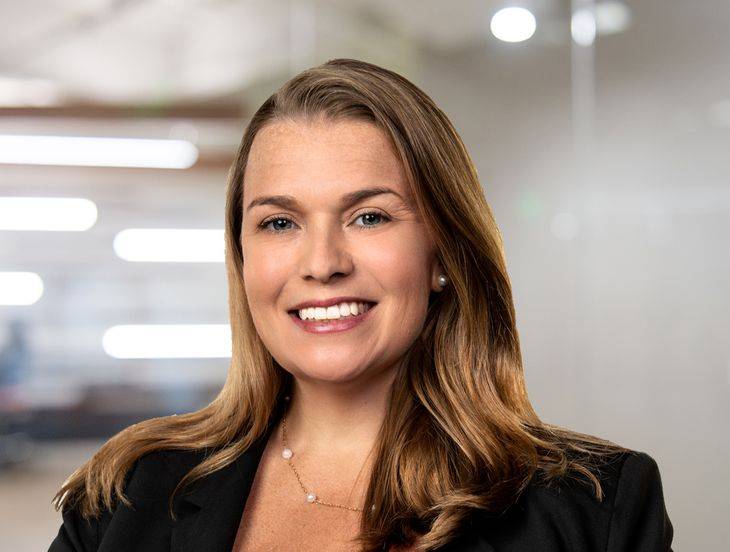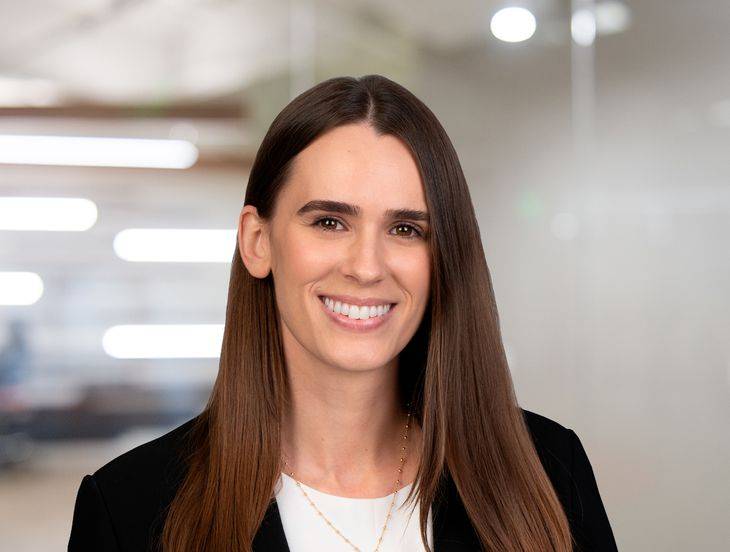SCOTUS Sides with Public School Football Coach Who was Disciplined for Praying After Games
Insights
6.28.22
The SCOTUS recently ruled in favor of a public high school football coach who lost his job after praying in front of students at the 50-yard line following the school’s football games. The Court held that the coach did not engage in government speech when he prayed after games with students present. The Court also reversed the lower court’s ruling that the school district had a constitutional duty to prohibit the prayer. The coach “offered his prayers quietly while his students were otherwise occupied” and “when school employees were free to speak with a friend, call for a reservation at a restaurant, check email, or attend to other personal matters,” the Court said in a 6-3 ruling on June 27. Although public school teachers generally cannot lead students in prayer, the Court noted in this particular case that the coach was willing to wait until the game was over to say a “short, private, personal prayer” at midfield. What do you need to know about the ruling?
Majority Says Prayer was Protected Private Speech
Joseph Kennedy, a former football coach for Bremerton High School in Washington State, would pray following the conclusion of each football game. Initially he prayed alone, but other people, including students from Bremerton and the opposing team, began to join him.
The school district did not receive a complaint for seven years, until an employee from another school reported the coach’s activities to the high school principal. Kennedy subsequently received a letter informing him that the school district was investigating whether he complied with the district’s policy on religious practices. He was ultimately placed on administrative leave for continuing to kneel and pray on the 50-yard line immediately after three specific games, and his contract was not renewed for the following year.
Kennedy sued the school district, alleging violations of his rights under the U.S. Constitution’s Free Speech and Free Exercise Clauses.
The 9th U.S. Circuit Court of Appeals sided with the school district, finding that it acted in accordance with the constitutional separation of church and state. However, the SCOTUS reversed the 9th Circuit’s ruling and held that the coach engaged in private speech that was protected under the First Amendment.
“When it comes to Mr. Kennedy’s free speech claim, our precedents remind us that the First Amendment’s protections extend to teachers and students, neither of whom shed their constitutional rights to freedom of speech or expression at the schoolhouse gate,” Justice Neil Gorsuch wrote for the court.
In this case, Gorsuch said, “a government entity sought to punish an individual for engaging in a brief, quiet, personal religious observance doubly protected by the free exercise and free speech clauses of the First Amendment.”
Gorsuch noted that the school district “allows comparable secular speech” and the Constitution “neither mandates nor tolerates that kind of discrimination” against religious speech. He was joined in the majority opinion by Chief Justice John Roberts and Justices Clarence Thomas, Samuel Alito, Amy Coney Barrett, and in most part by Justice Brett Kavanaugh.
Dissent Points to ‘Longstanding Practice’
Justices Stephen Breyer, Elena Kagan, and Sonia Sotomayor would have sided with the school district. The school district argued that it was willing to accommodate Kennedy’s on-the-job prayer if it was carried out in a way that did not interfere with his job duties or risk being perceived as something the school district endorsed.
Under the First Amendment’s Establishment Clause, the government cannot establish a religion or favor a particular religion.
The coach’s attorneys “told the media that he would accept only demonstrative prayer on the 50-yard line immediately after games,” Sotomayor wrote for the dissent, noting that “several parents reached out to the district saying that their children had participated in Kennedy’s prayers solely to avoid separating themselves from the rest of the team.”
Sotomayor said, “This case is about whether a school district is required to allow one of its employees to incorporate a public, communicative display of the employee’s personal religious beliefs into a school event, where that display is recognizable as part of a longstanding practice of the employee ministering religion to students as the public watched.”
The dissent argued that the Establishment Clause prohibits the school district from allowing such conduct. The majority, however, said that the Establishment Clause does not require the government to “single out private religious speech for special disfavor.”
The majority noted that the school district disciplined Kennedy “only for his decision to persist in praying quietly without his players” after three specific games in October 2015. “The Constitution and the best of our traditions counsel mutual respect and tolerance, not censorship and suppression, for religious and nonreligious views alike,” the majority said.
What Does This Mean for Employers?
The Court’s ruling in favor of Coach Kennedy serves as an important reminder for public school employers to be aware of potential violations of school employees’ protected First Amendment rights.
Although the Court’s decision makes clear that school officials are allowed to take some action to profess their faith in the presence of students, the specific facts in this case involved a brief personal prayer that the coach said to himself on the field after the games concluded. Therefore, even though the Court removed some of the barriers previously in place to demonstrable religious expression in a public-sector workplace, the lengths to which employees are allowed to go in professing their faith in the workplace remain unclear.
Notably, the First Amendment does not apply to private schools and businesses. However, private businesses with 15 or more employees must comply with Title VII of the Civil Rights Act of 1964, which bars discrimination based on an employee’s sincerely held religious beliefs. Sotomayor mentioned in a footnote to her dissenting opinion that “the integration of religious practices into the workplace may require compromise, and accommodation is not unique to the public employer context where Establishment Clause concerns arise.” She added that SCOTUS precedents on religious discrimination claims “similarly recognize that the employment context requires balancing employer and employee interests, and that religious practice need not always be accommodated.”
Conclusion
We will continue to monitor developments in this area and provide updates as warranted, so make sure that you are subscribed to Fisher Phillips’ Insights to get the most up-to-date information direct to your inbox. If you have further questions, contact your Fisher Phillips attorney, the authors of this Insight, or any attorney on our Education Practice Group.
Related People
-
- Jennifer B. Carroll
- Partner
-
- Julia A. Sherwood
- Associate

